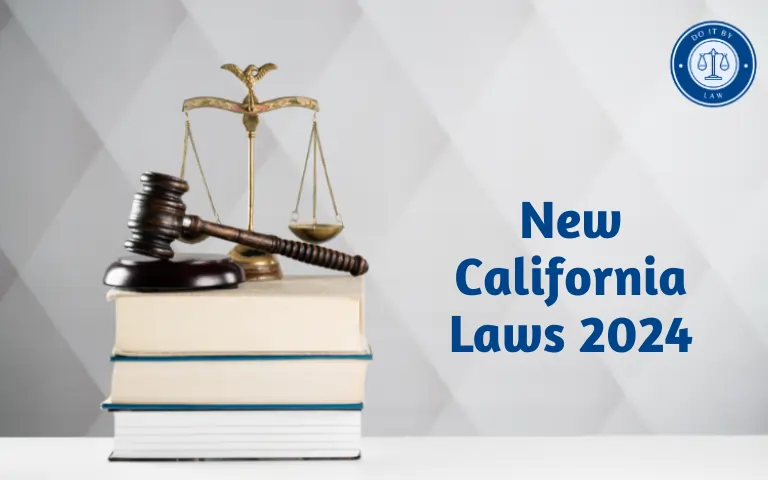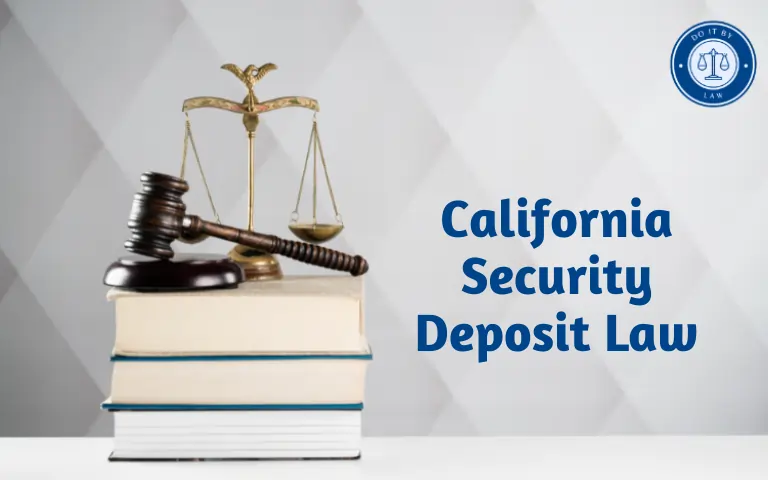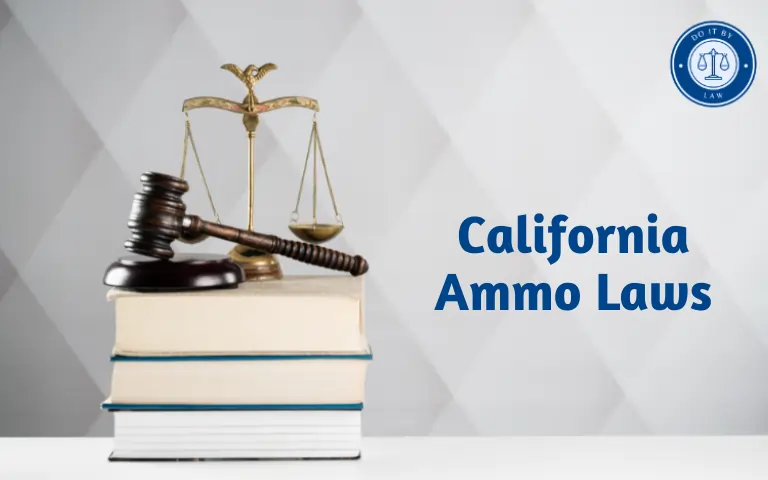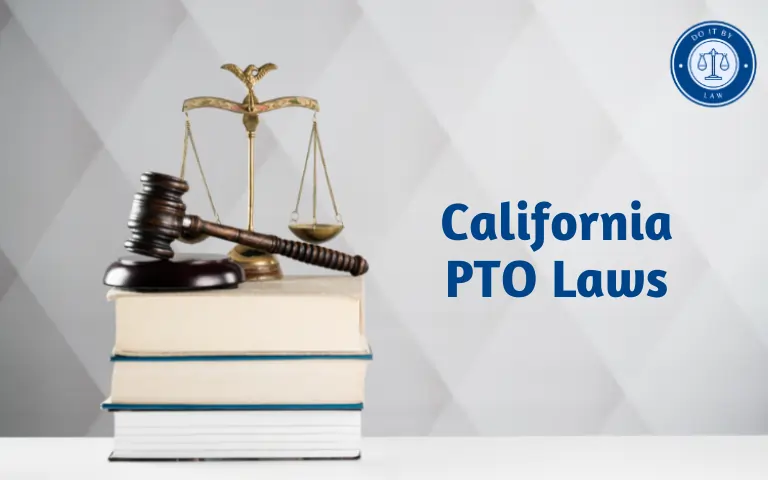California Electric Vehicle Laws: What do you need to know
California lawmakers have passed groundbreaking legislation aiming to phase out gas-powered cars. By 2035, all new cars sold in the state must be zero-emission. These stringent electric vehicle (EV) regulations intend to slash greenhouse gas emissions as climate change concerns mount. But for many drivers, the complex web of targets, quotas, charger requirements, and manufacturing timelines remains bewildering. This guide serves as your roadmap to California Electric Vehicle Laws electrification journey.
When Did California Begin Legislating EVs?
California State enacted its first significant electric vehicle legislation over 15 years ago in 2007 with AB-32 – one of the first laws in the world to specifically target EV adoption by imposing hard year-over-year quotas on manufacturers. Leaders justified the aggressive regulations by pointing to transportation causing over 40% of California’s total greenhouse gas emissions. With 14 million registered automobiles polluting the air, transforming car culture became a priority.
Who Do California Electric Vehicle Laws Apply To?
The laws and regulations around zero-emission vehicles in California apply to:
- Auto manufacturers selling passenger vehicles in California
- Federal and state agencies purchasing fleet vehicles
- Businesses adding chargers to existing buildings
- New construction developers need to pre-wire for EV charging
- Utilities managing increased electrical demand
- Drivers buying new vehicles after cutoff years
Over 15 Policy Bills: Main EV Regulations in California
Since 2005, California lawmakers have passed over 15 major policy bills related to speeding up electric vehicle adoption. Here are some of the most sweeping regulations:
- AB 32 (2006) – Global Warming Solutions Act: This landmark legislation authorized the California Air Resources Board to set greenhouse gas emissions targets and take action to meet those goals. One key strategy became catalyzing rapid transport electrification.
- Advanced Clean Cars Program (2012): The program combined multiple clean car standards including requiring auto manufacturers to sell specific percentages of zero emissions vehicles (ZEVs) by certain years.
- SB 1275 (2014) – Charge Ahead California Initiative: The bill established a state goal of getting over 1 million zero-emission vehicles on roads by 2023. It also brought new charging infrastructure planning, incentives, and requirements.
- AB 2127 (2018) – Electric Vehicle Charging Infrastructure: This bill imposed statewide assessments to determine adequate charging accessibility, set upgrade requirements for existing buildings, and established rules & guidelines for charging infrastructure decisions.
- Executive Order N-79-20 (2020): Governor Newsom signed this executive order banning the sale of new gasoline vehicles by 2035. It fulfilled an earlier goal of reaching 5 million ZEVs in California by 2030.
- SB 260 (2022) Fast Charging Standards & Upgrades: This recent legislation further refines goals for fast-charging station expansion. It also aims to upgrade infrastructure along highways and high-traffic corridors. Installing EV chargers becomes compulsory during renovations.
- The 2022 California Electric Code Adoption: The updated electric code includes new regulations around EV charging station safety, load calculations, wiring, electrical room size, signage, and more.
In summary, California continually adds new statutes to meet policy milestones that tighten emissions limits, ramp up charging capabilities statewide, impose EV manufacturing quotas, and phase out fossil fuel vehicles.
EV Sales Requirements and Penalties
The Advanced Clean Cars Program establishes increasing ZEV quantitative sales requirements for large automakers. Here are the targets:
- 2026: 18% of new car sales must be electric
- 2030: 68% of new car sales must be electric
- 2035: 100% of new passenger vehicle sales must be zero-emissions
These apply to all auto manufacturers annually selling over 20,000 new vehicles across all weight classes in California.
Failure to meet the increasing quotas results in substantial penalties:
- $20,000 fine per vehicle under the target in 2026
- $30,000 fine per vehicle under the target in 2030
Fines get adjusted for inflation too. With California as the largest new car market in the U.S., automakers can’t ignore the regulations and must scale EV manufacturing exponentially.
Other State Adoption of California Electric Vehicle Laws
Here’s where things get fun – 16 other states plus Washington D.C. have adopted California’s program rules under Section 177 of the Clean Air Act. So automakers selling in states like New York, Washington, and Massachusetts must follow the same ZEV rules. With over 40% of all American car sales covered under California regulations, it becomes cheaper to make entire manufacturing lines electric.
The Power Grid Impact
Greening transportation proves tricky as electricity demand surges. California must produce an extra 25 GW of power to support EV adoption goals – the equivalent output of 25 additional nuclear reactors.
Integrating millions of batteries on wheels makes balancing the grid far more complex too. California regulators continue assessing needs and expanding solar, wind, and other generation. But upgrading infrastructure struggles to catch up to ambitious timelines.
To manage added strain, regulators focus on encouraging off-peak slow charging alongside smart charging capabilities. Managing demand spikes as drivers plug in after work becomes vital. Strategic deployment of workplace fast charging plays a key role as well in keeping more cars charged outside home peak periods.
Ongoing worries around summer blackouts shine an even brighter spotlight on the power grid challenges inherent in California’s EV future.
California Electric Vehicle Laws Recent Law Changes and Proposals
editsInclude references or links to the official state law documents.
Here are some of the notable electric vehicle proposals from 2022 that alter regulations:
SB 1030: Fast Charging Upgrades on State Highways
Introduced in February 2022, the bill would require installing fast chargers at safety roadside rest areas by 2025. It aims to eliminate charging deserts and ease range anxiety for road trippers nervous about running out of juice. The bill was signed into law in late September.
AB 2438: All-Electric Utilities by 2045
The proposal would require utility companies to transition to 100% zero-carbon energy sources by 2045. That means rapidly expanding solar, wind, and other renewables generation to supply the surging EV charging loads without fossil fuels. The bill aims to cut barriers utilities face in meeting clean energy goals. It remains under committee review after passing the Assembly.
SB 1230: EV Charging Access in Multi-Unit Dwellings
Signed into law in September 2022, this bill tackles charging difficulties for residents of apartments without dedicated parking. It imposes requirements to accommodate charging access and upgrades. Landlords must now disclose potential installation costs before lease signing too.
In summary, California continuously tweaks existing EV infrastructure and manufacturing laws while layering on new legislation annually to address weaknesses in electrification efforts.
Industry & Consumer Backlash Against California Electric Vehicle Laws
Perhaps unsurprisingly, California’s aggressive target-setting and penalties prompt plenty of lawsuits and lobbying resistance. But most attempts to block regulations fail.
Automakers Cry Foul Over Standards
Car companies from Porsche to Toyota keep fighting proposals like the 2035 phase-out of new fossil fuel car sales. A 2022 lawsuit led by the Alliance for Automotive Innovation argues California overstepped authority by imposing quotas on manufacturers. However, the state asserts that life-saving environmental benefits justify intervention. Expect continued legal clashes as automakers get mandated to ramp up EV production on rigid timelines.
Consumers Anxious Over All-Electric Mandate
Surveys show over 75% of California drivers still hesitate to go fully electric. Most worry about finding public charging, single-charge range limitations, and higher sticker prices. And many feel 2035 proves too short for developing affordable EV options to completely replace gasoline cars. Until batteries evolve and infrastructure spreads, prohibiting new gas vehicle sales triggers consumer anxiety.
Rural Communities Left Behind
Sparsely populated rural regions in California lag furthest behind in EV adoption and charging station availability. Residents often need to drive longer distances too. Yet they get subjected to the same looming regulations conceived with urban areas in mind. Lawmakers face calls to delay combustion engine phase-outs until counties lacking infrastructure stand ready to transition.
But government leaders show no signs of easing pressure on automakers or extending target dates. Expect the legal fights to continue raging while consumers clamor for flexibility. California plows relentlessly ahead in pursuit of climate goals – even some towns get left sputtering in the dust.
FAQs on California Electric Vehicle Laws
Key Takeaways
- California demands auto manufacturers ramp up EV sales on a fixed timeline
- Significant fines get levied against automakers failing to meet annual quotas
- Charging infrastructure struggles to catch up to vehicle electrification goals
- Consumer anxiety remains high about bans on new gasoline car sales
- Legal clashes continue as carmakers feel pressured by rigid regulations
Strap in California – we’re in for a bumpy all-electric ride! But the Golden State rarely wavers once lawmakers set bold environmental policies. So electric vehicle legislation continues charging full speed ahead whether some towns or drivers stand ready or not. Where we end up remains anyone’s guess!







